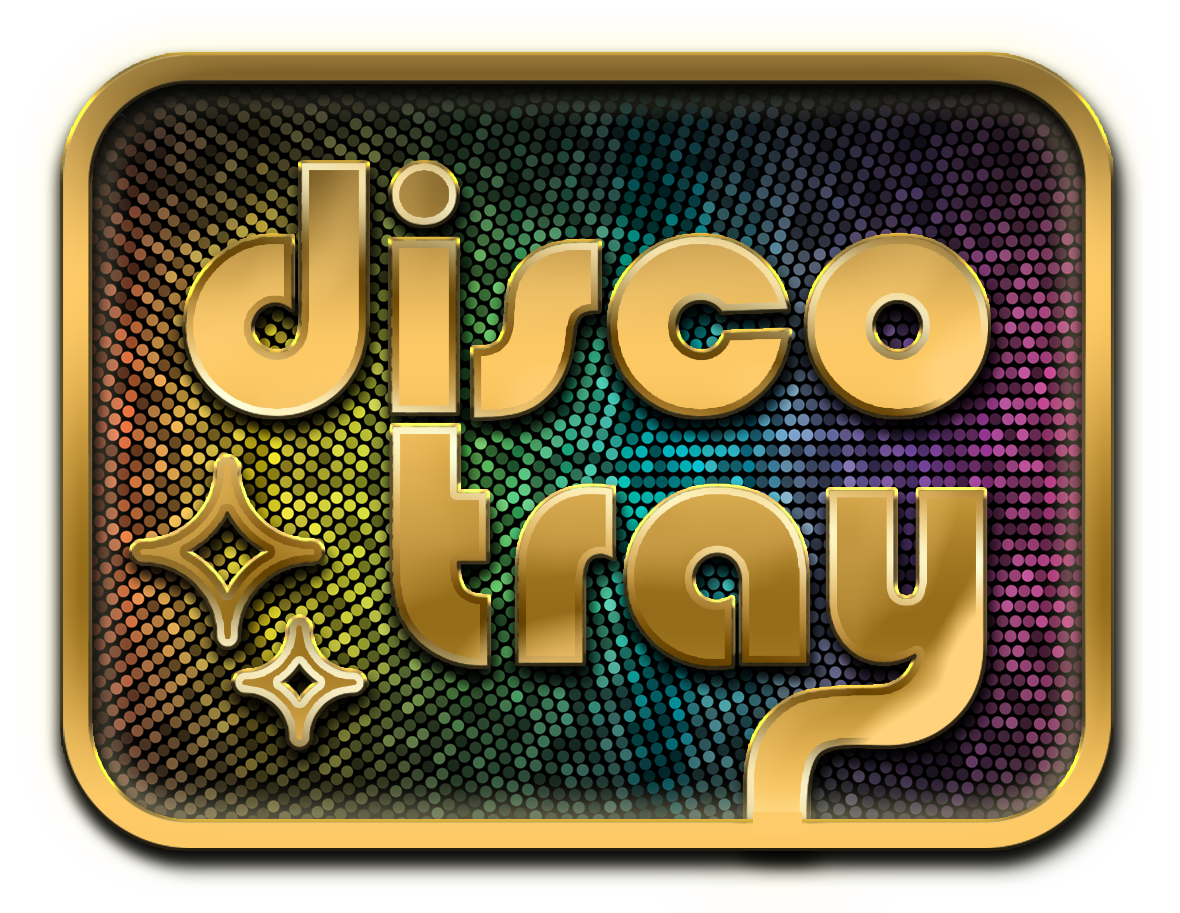
Disco Tray Studios
The way Disco Tray Studios worked is that there are three main sections of development: Games, Websites, and Apps. Like I said, I worked in the game development side. Every project came from Hendrix courses Game Development, Databases and Web Systems, and Mobile Software Development. All of these courses focused on development of software as a team, so often students were paired with 4-5 other people by the time the final project came around. Dr. Goadrich had the idea of, instead of students coming up with some project, he would find people nearby who had usable ideas. Student's would create these applications for their final projects and, the following semester, those projects would be picked back up by Disco Tray Studios. This way, the work students did didn't just end after their final presentation, but instead could potentially live on while also being able to serve the community. Additionally, community members would receive free software to help them out and DTS members got professional experience. Disco Tray Studios was funded by an Odyssey Professorship for the first three years, and just recently by BlueCross BlueShield! I was very excited to hear that the good work could continue.
-
Cultivating Competencies

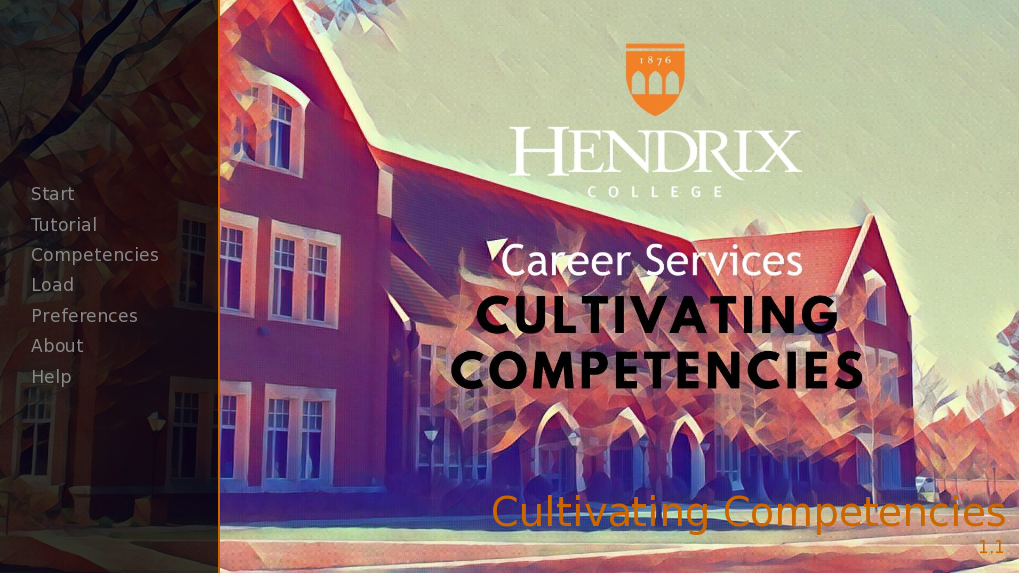
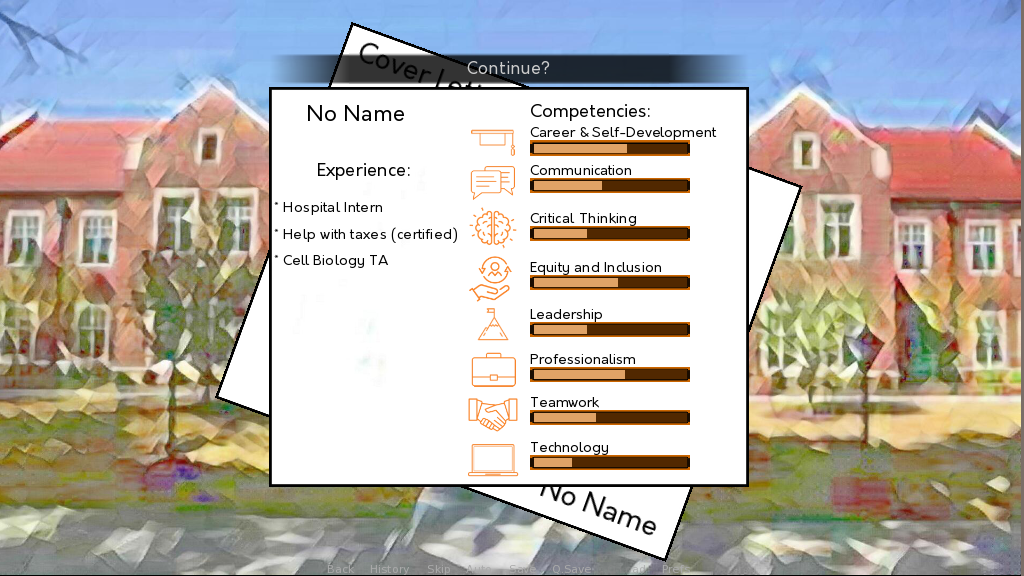
Cultivating Competencies was a great game to work on. We strayed from our usual platform of Unity and instead opted to use the Ren'Py system. Ren'Py is great for visual novels, and has many built in features that we thought would work great with our approach to a choice-based game. The purpose of the game is to give incoming freshman a quick peak into their first couple years at college from the perspective of professional development. Players are meant to balance multiple facets of their lives for the best overall outcome. This is accomplished by splitting the game into two segments thats repeated (as of right now) five times; the player does a story-mode event where they make choices that effect their competencies. Once they're done with that, they move on to a section where they have more freedom and get to pick several locations on campus to new events. It was a ton of fun to work on, and we had great resources working with the Hendrix Career Center. Give it a try now by clicking here.
This was a lot of fun to work on. It was interesting trying a new system (aggravating, at first) but we got pretty used to it and came out with a pretty good game! I think a lot of the work came into coming up with different scenarios for the player to navigate and the different options they could choose from. The Map feature was one of the first things we did, which brought a lot more interest for players. Instead of just choosing option after option, this gave them a bit of exploration to do with new activities each time. It also helped solidify the idea that sometimes there aren't any wrong choices, just not enough time to try everything out. This game was used in a couple of the freshman intro courses as a test, and we worked for a while to get analytics up so it could be used for everyone. I'm unsure on the progress made in that regard, but hopefully it becomes useable for everyone who comes to Hendrix!
-
Tempest Winds
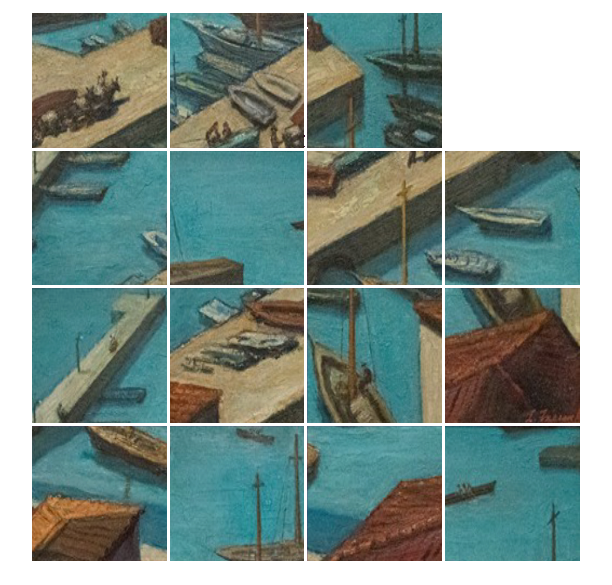
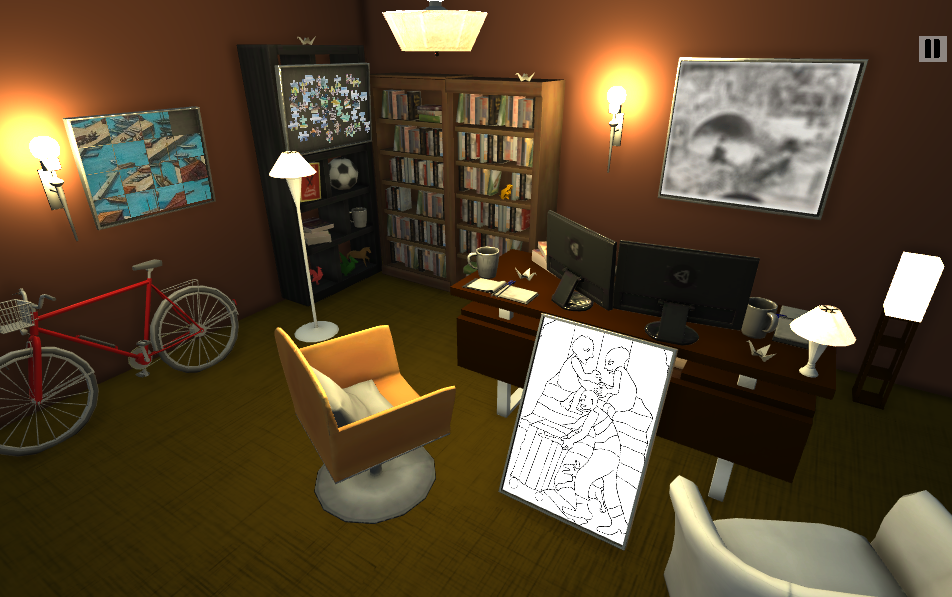
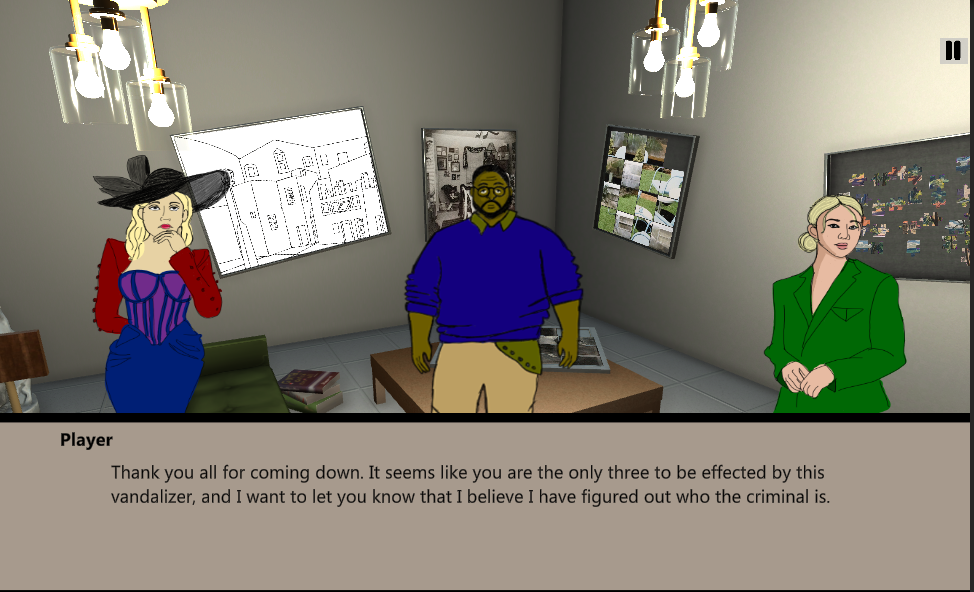
Tempest Winds was created for the Windgate Museum of Art at Hendrix College. As I write this, the game is still in development. This, along with Cultivating Competencies, is our longest worked-on game. It had been in development for a while, and got redone a couple times until we reached a goal everyone was happy with. When I last worked on it right graduating college, the game was a "whodunit" about a art restorationist (the player) getting calls of destroyed art. Through repairing the art pieces, they gathered clues that would lead them to who destroyed all of the art. The goal was by restoring the art, the player would learn about the art pieces, as well as have fun with the mini-games and by following the story. We didn't reach our goal of finishing the game by the end of the year, so it should be picked up once again in fall of 2023. Give it a try now by clicking here.
Spoiler Below! Play the Game First!
The overall goal of the game was to have it be a small playable app on the museum's Ipads. This would give a quick interactive way to learn about some of the art pieces. Spoilers down below about development and the game! If you'd like a deeper dive into the development, feel free to read some of the blog posts from down below! The game takes place in three different locations, with a total of 13 pieces of art throughout the game. It is a fixed-camera POV in a 3D world with story and NPC interaction taking place with text-box and 2D images of the characters. The player has clues throught the game given to them in text and in environment. By learning more abou the three different NPC's, the player could identify which of the three committed the crimes. There is motivation for all three, and the game randomly chooses which of the three committed the crime so there are three possible endings. Depending on who did it, the environmental clues change (such as lighting, props, and cleanliness).
There are four mini-games that are repeated a few times, increasing in difficulty as the player gets further in. There is ispy, inwhich the player is given a list of items and click on them in the art piece. Color-by-numbers which lets the player paint a picture back (this was the longest game to set up). Jigsaw puzzle, which is self-explanatory. And sliding puzzles, where the player must slide tiles of the puzzle into the correct location (This was hard to test, as I was horrible at these. It took a few hours but I got pretty good).
-
Climate Goes Political

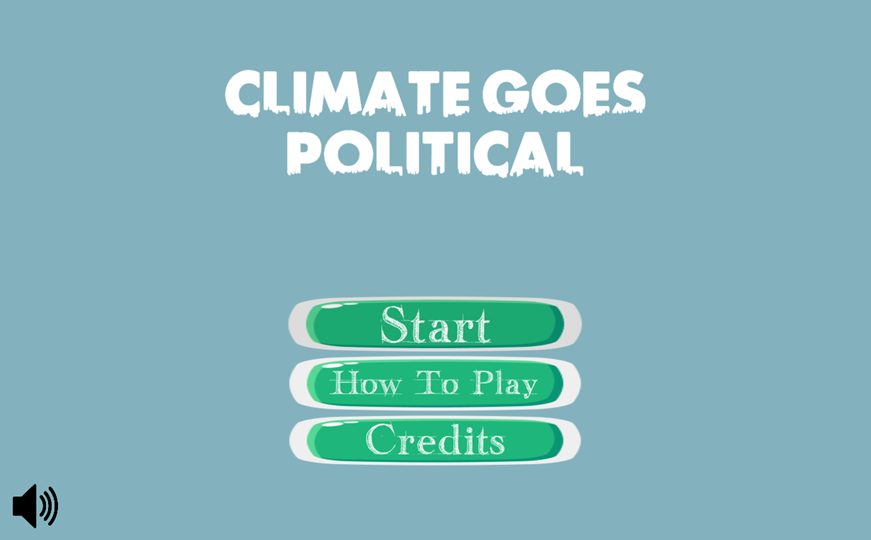
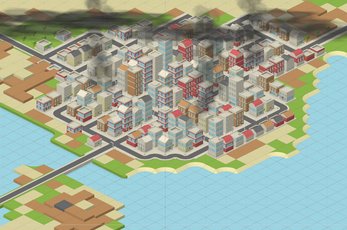
I honestly can't say much on Climate Goes Political. I actually did no developmental work on it. It was almost completely finished when we got around to it, so I continued working on @itsmaya while Jonathon added some nice features and fixed a few bugs. This was our first game though that we got to watch a classroom use, which was a ton of fun and super helpful on where it may be taken in the future. The purpose of the game is to balance domestic development with environmental concerns, and to have the highest GDP by the end. It's a bit of a balancing act, as other countries can inflict tariffs or taxes if the player does too much to harm the environment, but going full green slows development. I love this game for its graphics and how the countries visually change depending on what choices are made. Give it a try now by clicking here.
-
@itsMaya

@itsmaya is an incomplete game that is not available to play at this moment. When I last worked on it, the game followed Maya, a black girl in the public school system. The player plays as different government officials in charge of making decisions with a limited number of resources to best balance multiple groups such as parents, faculty, department heads, children, and Maya. The purpose of the game was to showcase the systematic issues minorities face and ways that individuals and institutions can combat those issues. The game stopped production due to our sociologist community partner leaving Hendrix, and was put on hiatus until another community partner could be found. Due to the serious nature of the game, we felt under-equipped to handle such matters without the guidance of a knowledgable consultant.
-
Astronomical Bodies



Astronomical Bodies was the first game Disco Tray Studios ever worked on! This game is a solar-system sandbox in which the player can create a solar system of their own and track and manipulate data of the bodies such as mass, location, and speed. This game was made to replace a website that had no longer been supported that a professor at Hendrix used in her class to help keep learning engaged. We picked this game as our first to work on since it was pretty much almost complete and had already been used in a day-camp the earlier summer. When we started to work on it though we realized that the physics system was loosely based on real gravitational equations and relied on magic numbers so we spent a lot of our time making it more like real life. We didn't get very far, but added some nice features. I believe my largest contribution was the tutorial, but I could be getting that confused with Chem-Sim. Unfortunately contact was lost between our community partner so the project never left its beta state. It's still a ton of fun, educational, and operational though! Give it a try now by clicking here.
-
Chem-Sim
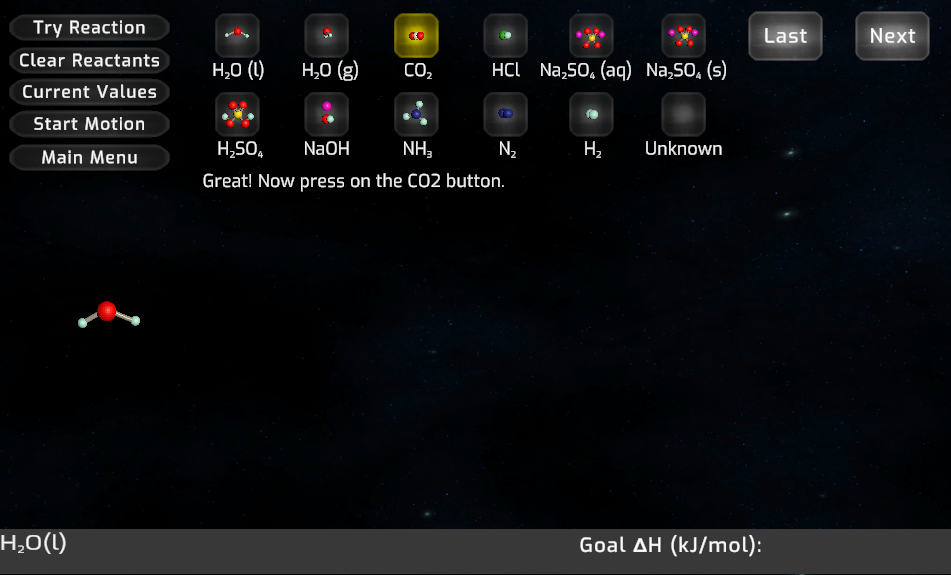
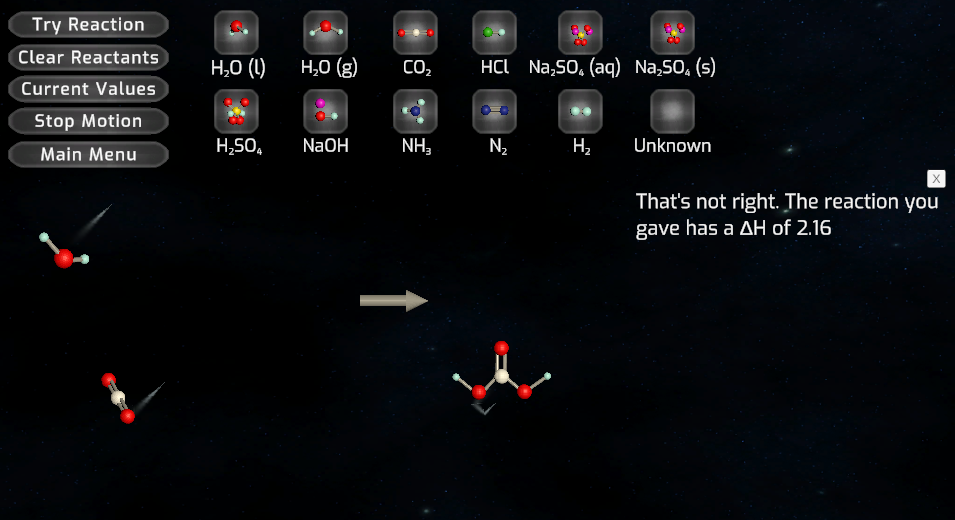
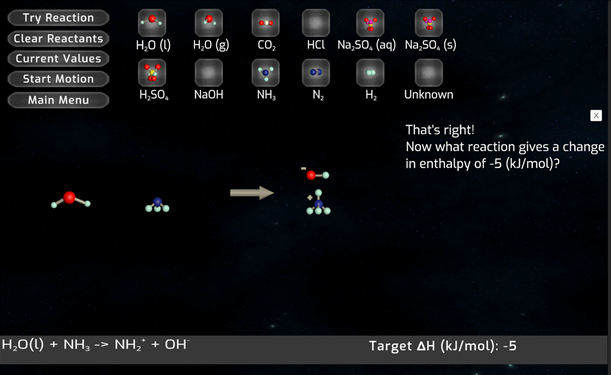
Chem-Sim holds a special place in my heart. Is it good? No. Was it used in the classroom? No. Was it overly complicated? Absolutely. This was the game I had worked on in the game development course for our final projects, and it was the second game worked on in Disco Tray Studios. The goal of the game was to make an interactive simulator that tested knowledge on ∆enthalpy, ∆entropy, and ∆Gibbs free energy. There were two main components to the game, one that asked for a specific target value and players would have to select the correct compounds and quantities to make that reaction occur, and another section which given a reaction, then asked the player for the values given. This was meant for Gen Chem II students just learning about these concepts.
I worked on this, both in the start and in DTS, as a pretty new game developer. Looking back on it now, it is not good but for what I was able to do back then, I'm proud of it. While the explanation and gameplay were lacking (not important) the sound effects and molecules were fantastic. I modeled most, if not all of the molecules in Blender (my first models, believe it or not). The system wasn't great as each reaction was hardcoded in, so we couldn't have a lot. While I'm sure not all the available reactions can be done, and it didn't count for creating multiple products, the game is still fun to watch the spinning options and watch the molecules collide with one another. Give it a try now by clicking here.
- "My First Progress Post!"
- "Update on Unity games"
- "Progress on Astronomical Bodies"
- "Discussion of CSCI 340 Community Partners and More"
- "Finishing up Astronomical Bodies"
- "Astronomical Bodies uploaded to itch.io!"
- "Disco Tray Studios First Meeting!"
- "First Progress Report On Chem-Sim!"
- "Updates On Chem-Sim"
- "Two More Games Published!"
- "Starting on @itsmaya"
- "First Meeting of the Year"
- "Thanksgiving and @itsmaya Progress"
- "Jumping Back In!"
- "Final Push for @itsmaya!"
- "Learning Ren'py"
- "Welcome back!"
- "What's Next?"
- "First Demo Sent Out"
- "Completing the Career Services Game"
- "Late Update"
- "Managing Ren'py"
- "Moving On to Other Projects"
- "Working on the Windgate Game"
- "Continuing work with Windgate"
- "Moving Forward with the Demo"
- "Wrapping Up Windgate Demo"
- "One Last Semester!"
- "Finishing the Demo"
- "Tempest Winds Update"
- "Meeting with Career Services"
- "Moving on to Tempest Winds"
- "Second Demo Sent Out"
- "Working on Updating the Demo"

